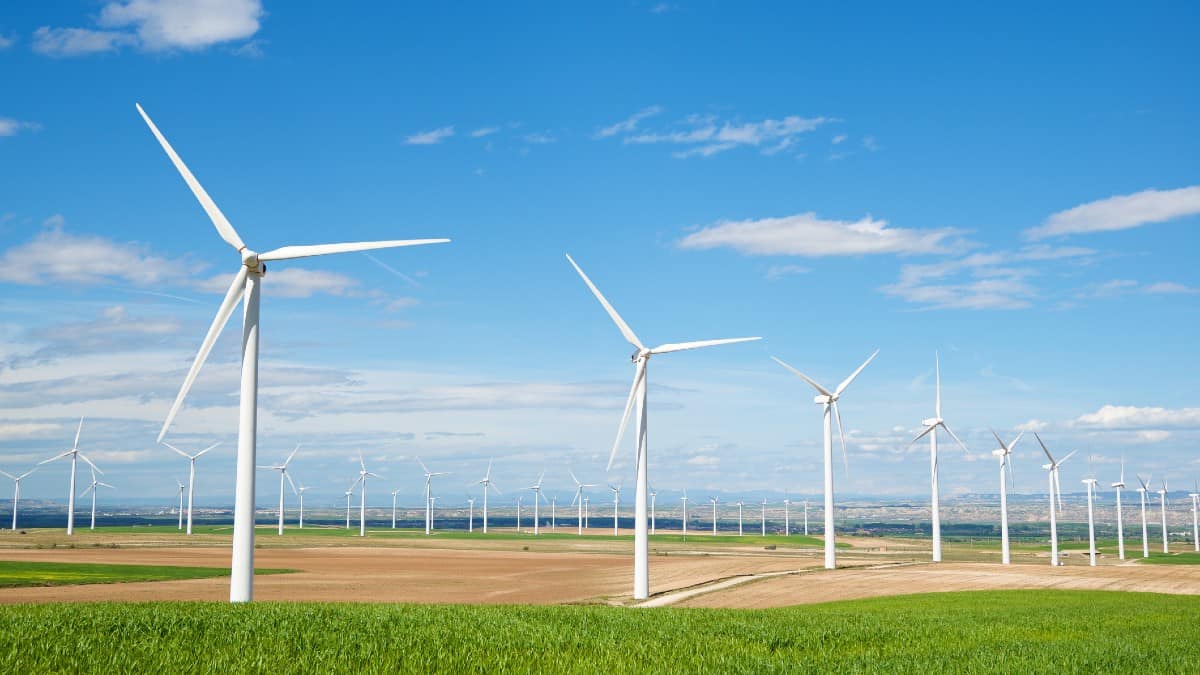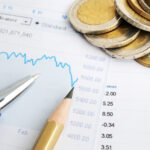
Image source: Getty Images
Energy company National Grid (LSE: NG) has shares yielding almost 6%. And that’s one of the biggest dividends in the FTSE 100 index.
If I were building up a portfolio of shares focused on passive income from dividends, the stock would be one of my first choices.
A rising yield
Meanwhile, my personal bottom limit for investing in one stock is £2k. And that’s because a sum of that size makes sense of the transaction fees such as the broker’s charge, spreads and tax.
With the share price near 990p, my £2k would buy approximately 201 shares allowing for costs. And with those in my portfolio, I’d be able to look forward to receiving around £116 relating to the firm’s current trading year.
However, one of the main reasons for picking National Grid is that the company has a good multi-year record of raising its dividends each year. Dividends have gone up a little each time since 2019. And City analysts predict decent single-digit percentage rises for this year and next.
So that £116 annual income may just be the start. And if I held the stock for 10 years or longer, the income may increase over time allowing me to compound my returns.
But that’s not all. It’s also possible for the share price to rise to reflect better business earnings from year to year. And although such positive outcomes are not guaranteed, analysts do predict higher earnings ahead.
National Grid owns and operates regulated electricity power businesses in the UK and in the US. Part of its responsibilities involves owning and operating the UK’s national power grid, which is the UK’s high-voltage power transmission network.
Placed well for the energy revolution
Most parts of the business operate as geographical monopolies. However, there are risks. Regulators require the company to invest heavily to maintain and improve its energy infrastructure. One consequence for the company is a high debt load. And the directors will always need to balance debt interest payments against rewarding shareholders with dividends.
If the regulatory environment shifts to become more onerous, it’s possible dividends may shrink in the future.
But on the other hand, National Grid looks well-placed to benefit from the green energy revolution on both sides of the Atlantic. So, as with most businesses, there are both risks and potential opportunities for investors to consider before buying shares.
Back in May with the full-year results report, chief executive John Pettigrew was upbeat.
The firm’s strategic pivot towards electricity and away from gas assets is complete, Pettigrew said. And: “There has never been a more exciting time to be at the heart of the energy industry.”
Investing £2k in the company’s shares would be part of a wider programme of stock investment for me. And I’d aim to build up a diversified portfolio of stocks backed by solid, well-placed businesses such as National Grid.
I’d aim to hold for the long term while compounding my gains and reinvesting dividend income along the way.








